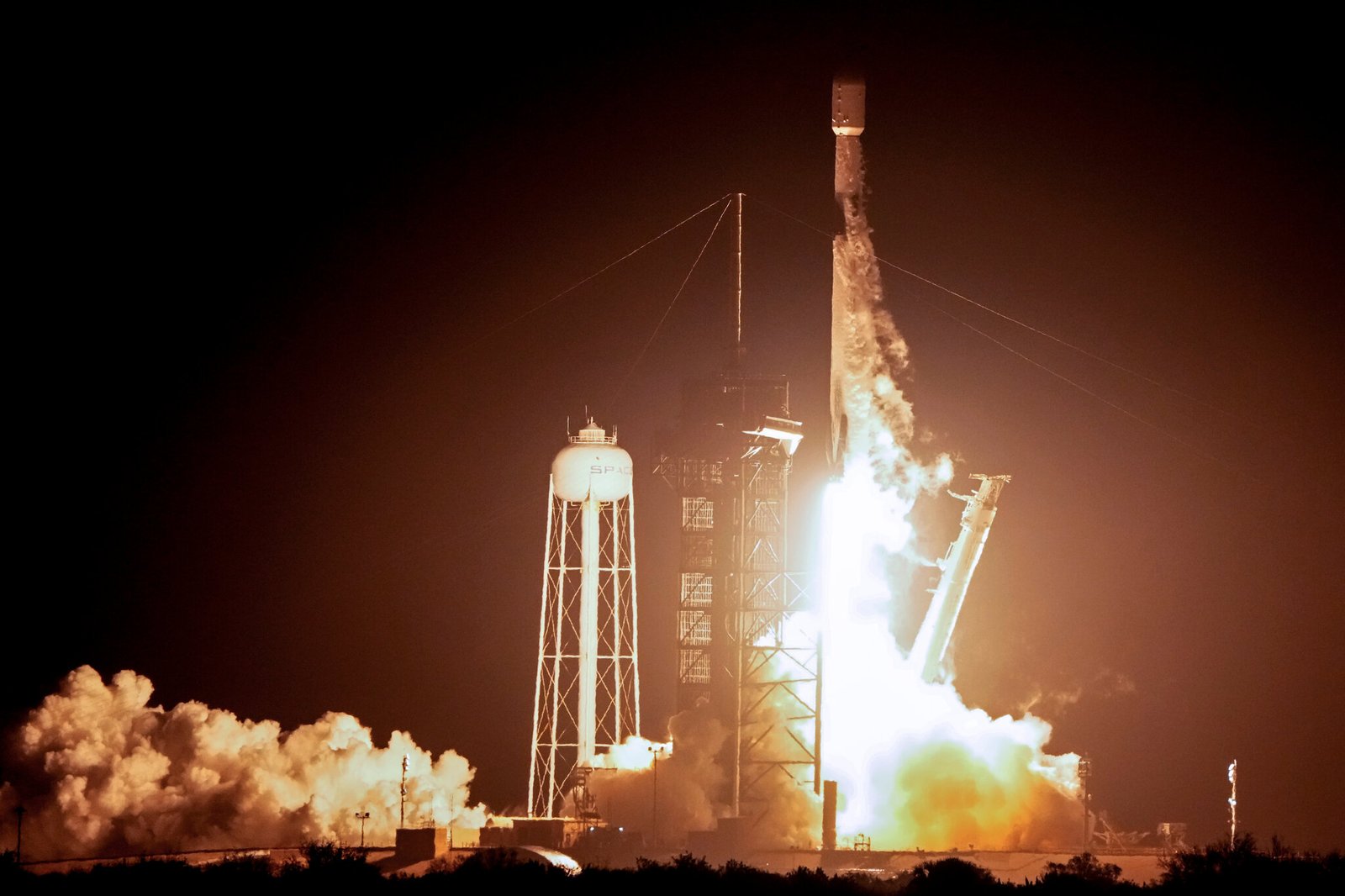After the anticipation and challenges of previous lunar missions, NASA is gearing up for a groundbreaking lunar landing mission through its Artemis program. This initiative aims to mark a significant milestone in space exploration by landing the first woman and the next man on the Moon, leveraging advancements in technology and international collaboration.
Key Highlights:
- Introduction of the Artemis Base Camp and Gateway in lunar orbit for extended exploration.
- Utilization of the Orion spacecraft and Space Launch System (SLS) rocket for astronaut transport.
- Involvement of commercial and international partners to develop the Human Landing System (HLS).
- Artemis missions aim to establish a sustainable presence on the Moon as a stepping stone to Mars.
- Announcement of a diverse Artemis 2 crew, including the first person of color on a moon voyage.

Artemis Program Overview
NASA’s Artemis program represents a bold step towards establishing a long-term human presence on the lunar surface and setting the stage for future manned missions to Mars. The program includes several key components essential for its success: the Space Launch System (SLS), the most powerful rocket designed to carry astronauts and cargo to the Moon; the Orion spacecraft, for Earth to lunar orbit transport; the Gateway, a lunar orbit space station for crew transfers; and the Human Landing System (HLS), developed in collaboration with commercial partners like SpaceX and Blue Origin for surface landings.
Groundbreaking Mission Crew and Objectives
The Artemis 2 mission, slated for 2024, will see astronauts Christina Koch, Jeremy Hansen, Reid Wiseman, and Victor Glover embark on a historic lunar flyby, marking the first crewed mission to the Moon in over 50 years. This mission lays the groundwork for subsequent Artemis missions, which aim to land humans on the Moon and establish a sustainable base for long-duration exploration.
Challenges and Innovations
The path to a successful lunar landing is fraught with challenges, including the development of new technologies and the integration of various components within tight timelines. Despite these hurdles, NASA’s commitment to innovation, such as the development of nuclear fission surface power units for energy and the Artemis Base Camp concept for lunar habitation, underscores its dedication to overcoming obstacles.
A Stepping Stone to Mars
The Artemis program is not just about returning to the Moon; it’s about laying the foundation for human exploration of Mars. By establishing a lunar presence, NASA aims to test technologies, conduct scientific research, and develop the infrastructure necessary for future manned missions to the Red Planet.
Opinionated Summary
NASA’s Artemis program, with its ambitious goals and innovative approach, represents a new era of lunar exploration. By addressing previous challenges with cutting-edge technology and international cooperation, NASA is poised to not only revisit the Moon but to use it as a launchpad for humanity’s next giant leap to Mars. The Artemis program, therefore, stands as a testament to human ingenuity and the unyielding quest to explore the unknown.






